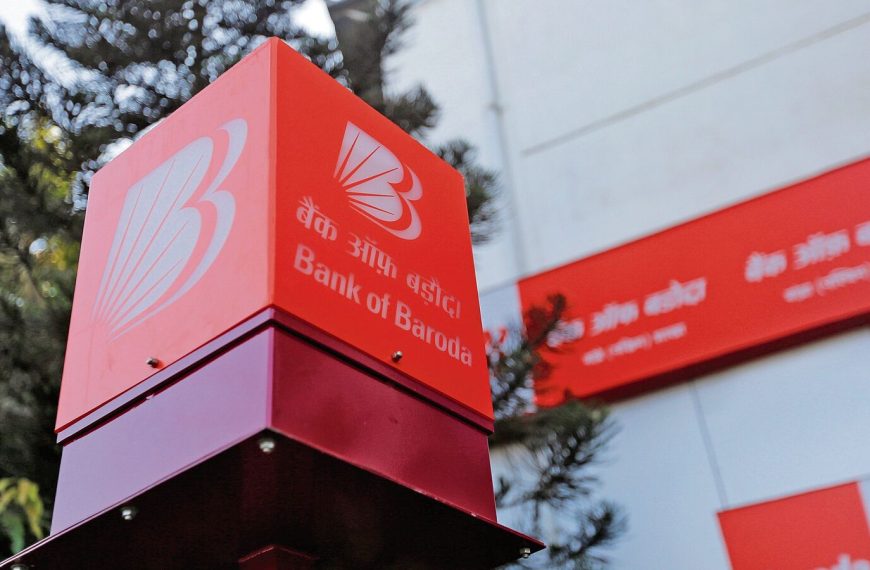Since taking office in January, Donald Trump’s assertive approach to trade has significantly unsettled financial markets, prompting a shift in investor behavior away from U.S. assets. Recently, the dollar saw a slight recovery in early Asian trading after a two-day decline, as attention turned to rising currency values across various Asian nations, from Taiwan to Malaysia.
Dollar Performance Amid Trade Talks
In a notable turn of events, a measure of the dollar appreciated by 0.3% following a drop the previous day. This rebound was fueled by speculation surrounding potential trade agreements, which resulted in a remarkable surge in the Taiwanese dollar, influencing global foreign exchange dynamics. The MSCI Emerging Markets Currency Index also climbed by 0.6%, reaching a historic high.
- U.S. stock futures dipped slightly, reflecting a pause in the S&P 500, which had recently ended its longest upward streak in nearly two decades.
- Trading in U.S. Treasuries was inactive during the Asian session due to Japan’s holiday.
Central Bank Responses to Currency Strength
Financial authorities in regions such as Taiwan and Hong Kong are reacting to the rapid strengthening of local currencies, with interventions in the market becoming increasingly common. Expert insights suggest that the ongoing currency adjustments in Asia could play a pivotal role not only in affecting the dollar’s value but also in shaping trade negotiations.
Chris Weston, head of research at Pepperstone Group, remarked that these developments could significantly influence the dollar and expedite discussions regarding trade agreements.
- Hong Kong officials have reportedly allocated a record amount of resources to maintain their currency peg.
- The Japanese yen experienced a 0.9% increase, leading gains among the Group of 10 currencies.
Cautious Investor Sentiments
Investors are advised to approach the current appreciation of currencies with caution. Leah Traub, head of the currency team at Lord Abbett & Co., emphasized that central banks in Taiwan, Malaysia, and Hong Kong possess substantial resources to support their currencies if necessary.
Investor optimism regarding a potential easing of trade tensions was dashed when Trump announced plans to impose a 100% tariff on overseas-produced films, negatively impacting shares of companies like Netflix Inc. and Warner Bros. Discovery Inc. Although Trump hinted at possible trade deals in the near future, there were no signs of a forthcoming agreement with China.
Market Movements and Fed Speculations
As the market reacts, attention is shifting towards the upcoming Federal Reserve decision. Following a period of rising rate-cut expectations due to the turmoil caused by Trump’s trade policies, traders have recently recalibrated their stance. Two-year Treasury yields have risen for three consecutive sessions, indicating a shift in market sentiment.
Greg McBride from Bankrate pointed out that while uncertainty looms over the trade landscape, solid data on consumer spending and employment suggests the Fed may adopt a wait-and-see approach.
Key Market Updates
Here’s a snapshot of notable market movements:
-
Stocks:
- S&P 500 futures decreased by 0.2%.
- Hang Seng futures remained stable.
- Nikkei 225 futures increased by 0.9%.
- Australia’s S&P/ASX 200 fell by 0.1%.
-
Currencies:
- The euro dipped 0.2% to $1.1287.
- The Japanese yen fell 0.2% to 143.92 per dollar.
- The offshore yuan decreased by 0.2% to 7.2136 per dollar.
- The Australian dollar also fell by 0.3% to $0.6447.
-
Cryptocurrencies:
- Bitcoin rose 0.2% to $94,454.89.
- Ether increased 0.2% to $1,812.19.
-
Bonds:
- Australia’s 10-year yield jumped three basis points to 4.30%.
- Commodities:
- West Texas Intermediate crude climbed 0.2% to $57.24 a barrel.
- Spot gold fell 0.2% to $3,326.79 an ounce.
As the trade situation evolves, investors are advised to stay informed and adaptable to the shifting landscape.











